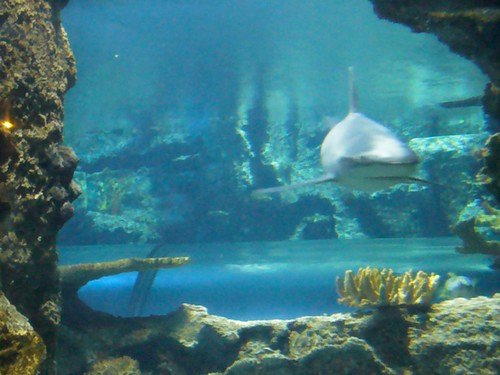Imagine waking up one morning to find your carefully tended garden overrun by a plant you’ve never seen before. This scenario plays out on a massive scale across the globe, as uninvited guests arrive in ecosystems where they don’t belong. These biological invaders don’t need passports or visas – they simply hitch rides on ships, planes, and even our clothing, transforming entire landscapes in ways that can be both fascinating and terrifying.
The Great Escape: How Species Break Free from Their Native Homes

Every species on Earth evolved within specific boundaries, shaped by millions of years of natural selection within their native range. But human activity has shattered these ancient barriers like never before. When a species finds itself in a new environment without its natural predators, competitors, or diseases, it’s like a prisoner who’s discovered the cell door is wide open.
The process begins innocently enough – a seed stuck to a hiking boot, a tiny insect hiding in a shipping container, or an exotic pet released into the wild. These seemingly small events can trigger ecological avalanches that reshape entire ecosystems. What makes this phenomenon particularly striking is that the species causing the most dramatic changes are often the ones we least expect.
Masters of Disguise: The Sneaky Transportation Methods
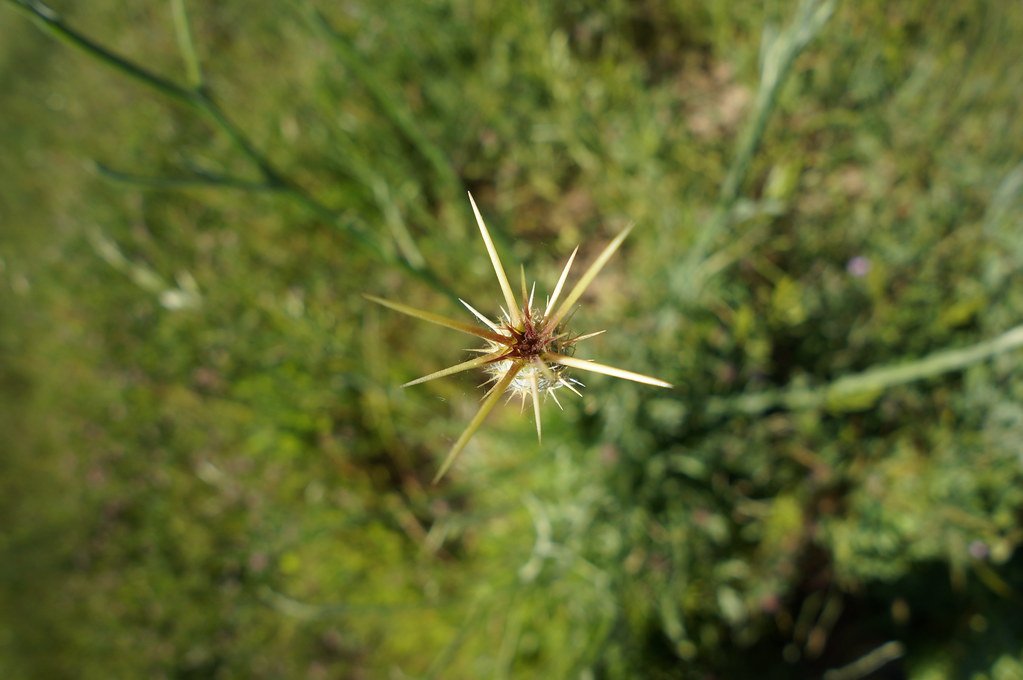
Invasive species have perfected the art of stealth travel, using human transportation networks as their personal highway system. Container ships serve as massive floating hotels for stowaways, with creatures hiding in cargo holds, ballast water, and even the tiniest crevices of shipping materials. A single cargo vessel can carry thousands of potential invaders across oceans in just a few weeks.
Air travel provides an even faster route, with insects and seeds catching flights in luggage compartments or clinging to aircraft surfaces. Some species are so small they can travel in the soil of potted plants or the fabric of clothing. The zebra mussel, for instance, transformed North American waterways after arriving in ballast water from European ships in the 1980s.
The Perfect Storm: Why Some Species Become Unstoppable
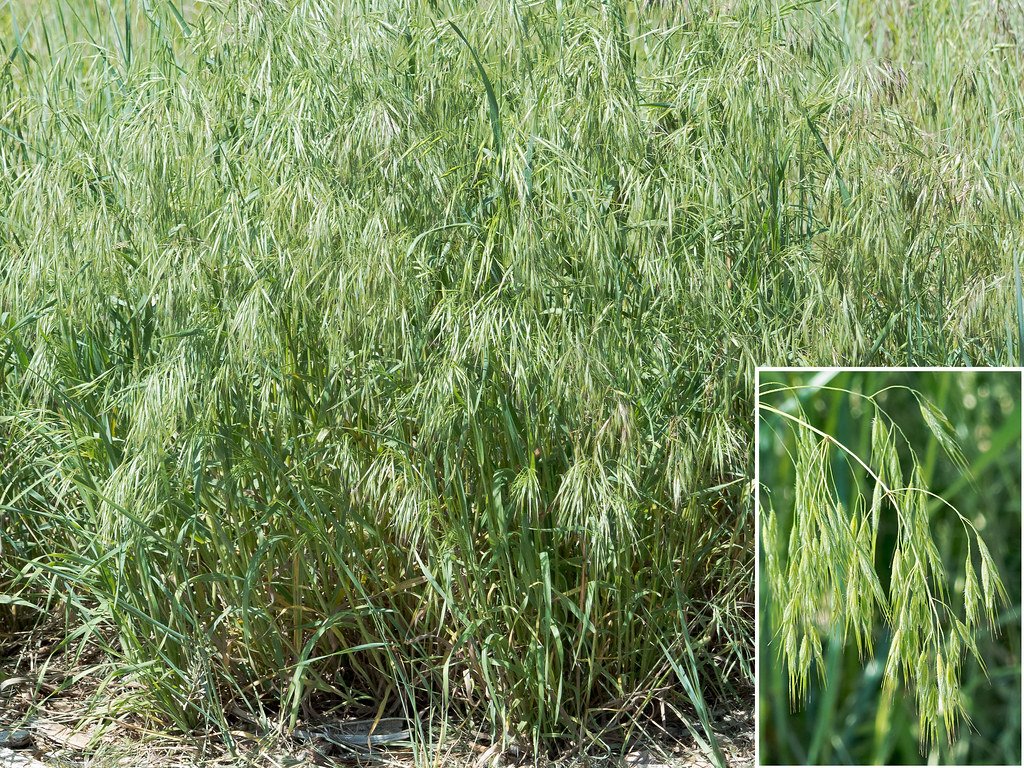
Not every non-native species becomes invasive, but those that do share certain characteristics that make them ecological juggernauts. They’re often highly adaptable, reproduce quickly, and can thrive in disturbed environments. These biological opportunists are like nature’s equivalent of a Swiss Army knife – versatile, resilient, and ready for anything.
The most successful invaders also tend to be generalists rather than specialists. While native species may have evolved to eat specific foods or live in particular habitats, invasive species often have broader tastes and tolerance levels. This flexibility allows them to exploit resources that native species might ignore, giving them a crucial advantage in their new homes.
Population Explosion: The Mathematics of Biological Invasion

When an invasive species finds favorable conditions, its population growth can be explosive and exponential. Without natural predators or diseases to keep their numbers in check, these species can multiply at rates that would make mathematicians dizzy. A single pregnant female can potentially give rise to millions of descendants within just a few generations.
The European starling provides a perfect example of this phenomenon. Just 60 birds were released in New York’s Central Park in 1890, and today there are over 200 million starlings across North America. This represents one of the most successful biological invasions in recorded history, demonstrating how quickly a small introduction can snowball into a continental takeover.
Ecosystem Engineers: How Invaders Reshape Their New Homes
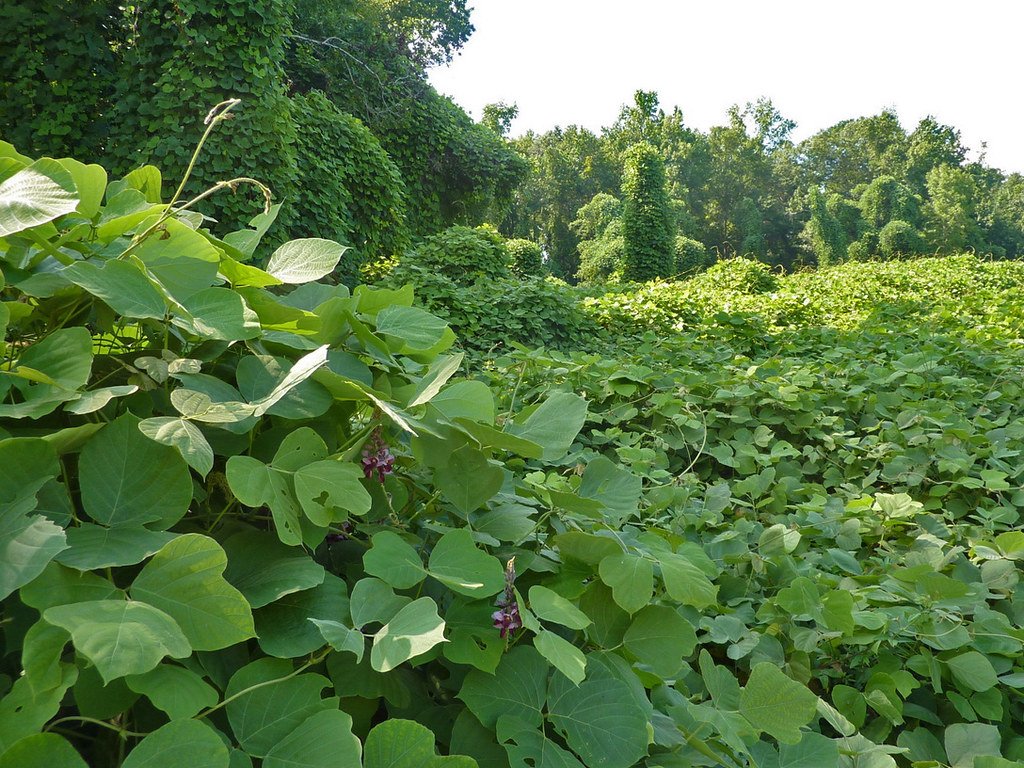
Some invasive species don’t just live in ecosystems – they fundamentally alter them. These “ecosystem engineers” change the physical structure of their environment, creating new habitats while destroying others. Beavers are a classic example of ecosystem engineers, but when they’re introduced to new areas, their dam-building activities can have unexpected consequences.
The kudzu vine in the southeastern United States exemplifies this transformative power. Originally brought from Japan to control erosion, kudzu now smothers native forests, growing up to a foot per day and earning the nickname “the vine that ate the South.” Its rapid growth changes soil chemistry, light availability, and habitat structure, creating a completely different ecosystem than what existed before.
The Domino Effect: Cascading Changes Through Food Webs
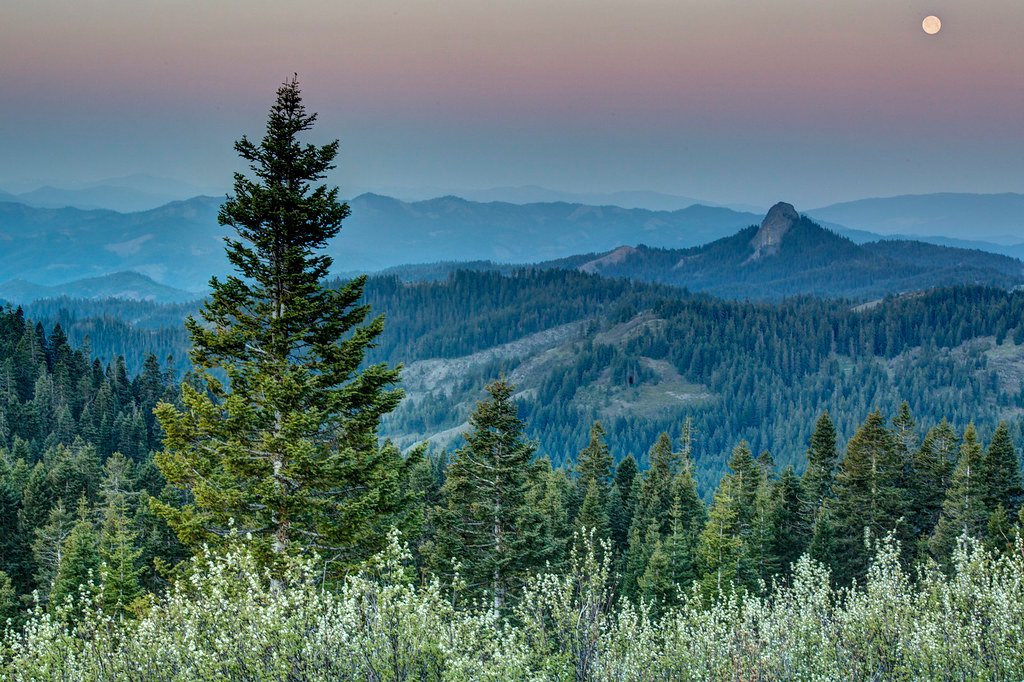
When an invasive species establishes itself, it doesn’t just affect one or two native species – it can trigger a cascade of changes throughout the entire food web. These ecological dominoes can fall in surprising ways, with effects rippling through multiple levels of the ecosystem. The introduction of a single species can ultimately determine which plants grow, which animals survive, and even how nutrients cycle through the environment.
The classic example is the introduction of the Nile perch to Lake Victoria in East Africa. This large predatory fish decimated hundreds of native cichlid species, fundamentally altering the lake’s food web. The changes didn’t stop there – the loss of algae-eating fish led to water quality problems, affecting human communities that depend on the lake for their livelihood.
Chemical Warfare: Allelopathy and Biological Weapons
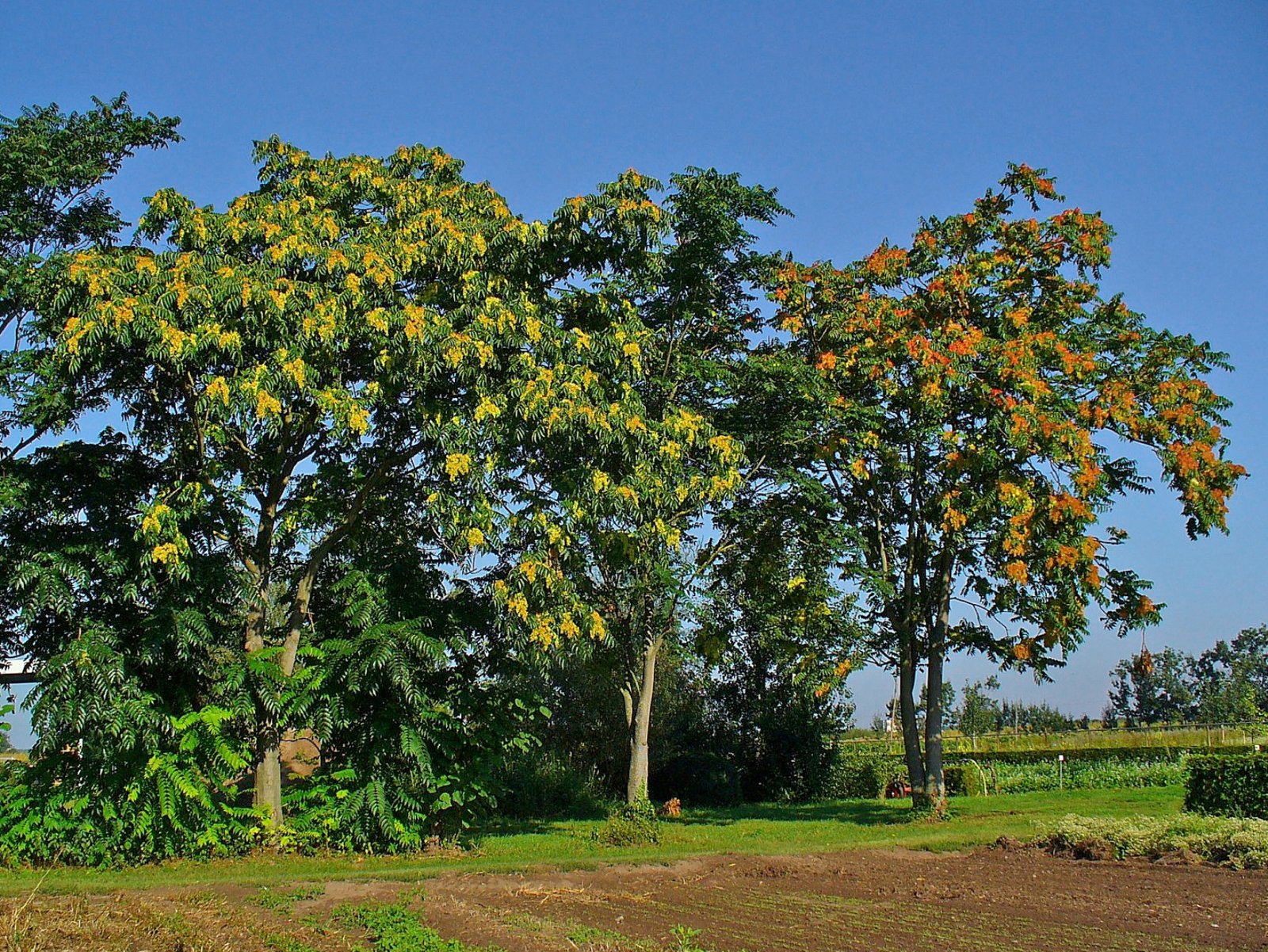
Some invasive plants have evolved a particularly devious strategy: chemical warfare. These species produce toxic compounds that poison the soil around them, preventing native plants from growing. This process, called allelopathy, gives invasive species a significant advantage by eliminating competition before it even begins.
The tree of heaven, despite its heavenly name, is a master of chemical warfare. This fast-growing tree produces ailanthone, a compound that inhibits the growth of nearby plants. Native species that haven’t evolved resistance to these chemicals find themselves unable to compete, even in their own backyard. It’s like showing up to a fair fight only to discover your opponent has brought a secret weapon.
Speed Demons: The Race Against Time
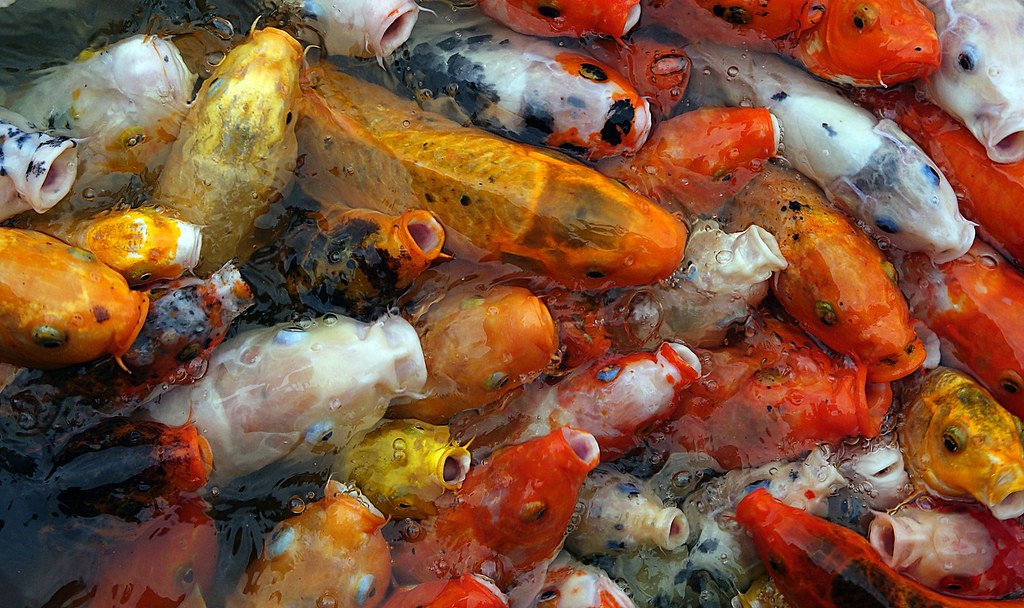
In the world of biological invasions, speed often determines success. Fast-growing, fast-reproducing species can establish themselves before native species have time to adapt or respond. This creates a biological arms race where the quickest species claims the prize of ecosystem dominance.
Asian carp in North American rivers demonstrate this principle perfectly. These fish can grow rapidly and reproduce prolifically, allowing them to quickly dominate river systems. Their explosive population growth outpaces the ability of native fish to compete for resources, leading to dramatic shifts in river ecosystems in just a few years.
Island Invasions: When Paradise Becomes Vulnerable
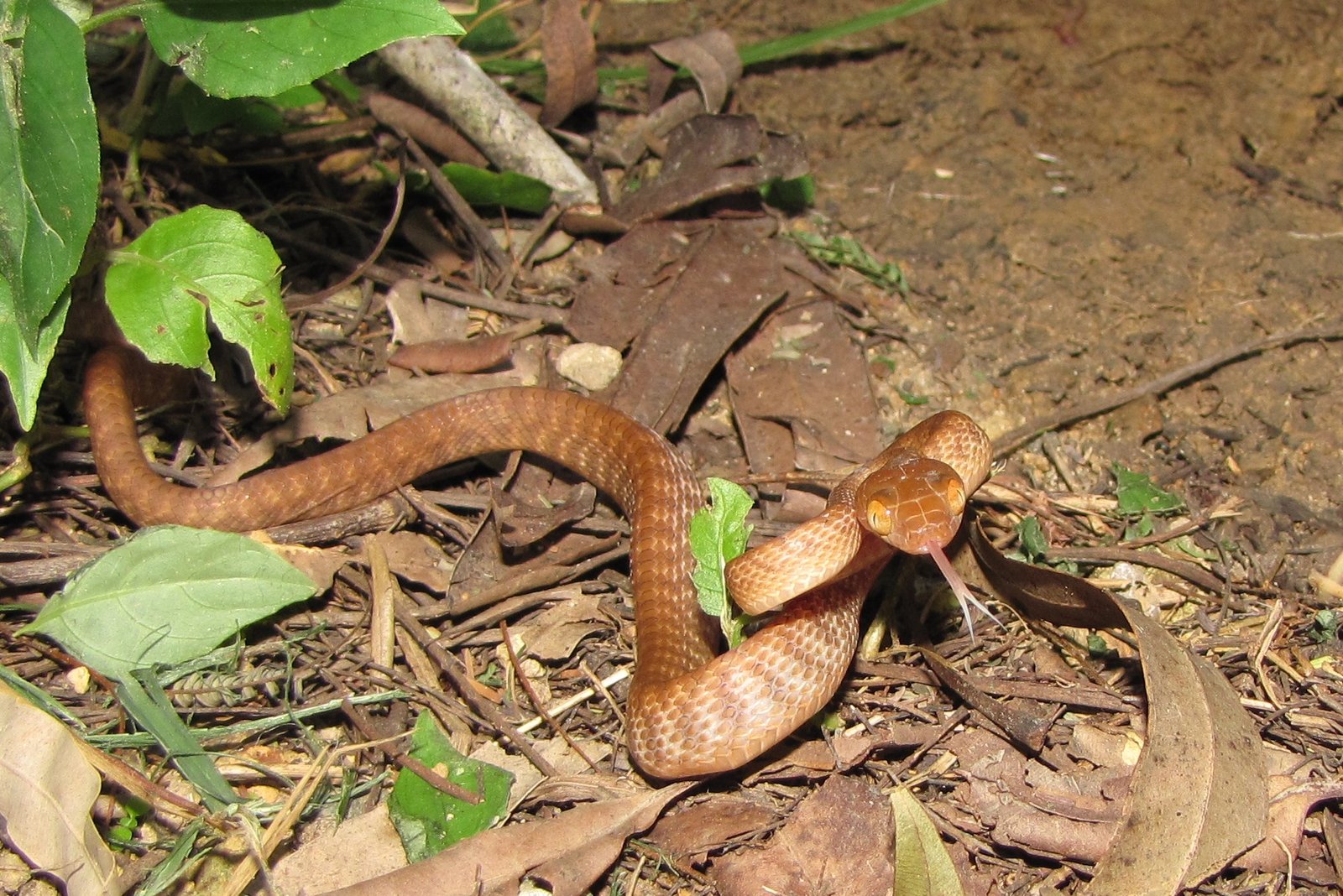
Islands are particularly vulnerable to biological invasions because their native species evolved in isolation, often lacking defenses against mainland competitors and predators. When aggressive continental species arrive on islands, they can cause ecological devastation that would be impossible on larger landmasses with more diverse ecosystems.
The brown tree snake’s invasion of Guam serves as a sobering example of island vulnerability. Introduced accidentally after World War II, this snake has virtually eliminated native bird species from the island. Without natural predators and with abundant prey, the snake population exploded, fundamentally altering Guam’s ecosystems and even affecting human infrastructure by causing power outages.
Marine Hitchhikers: Ocean Invasions in the Age of Global Trade
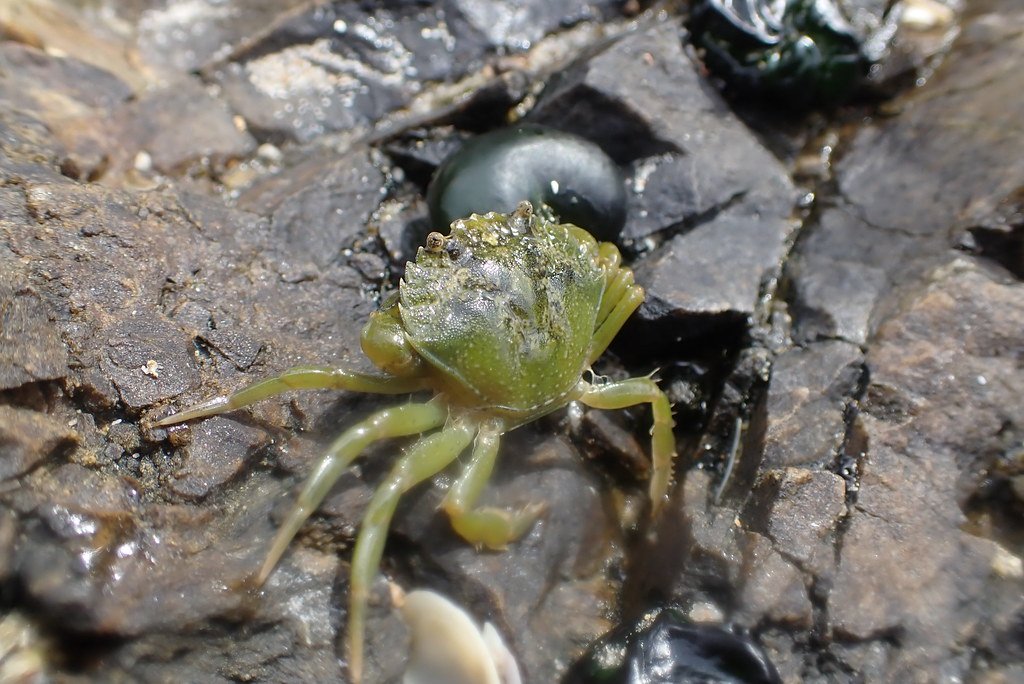
The world’s oceans serve as highways for marine invasive species, with shipping routes acting as conveyor belts for biological exchange. Ballast water – used to stabilize ships – can carry millions of organisms across oceans, creating opportunities for marine invasions on an unprecedented scale.
The European green crab has become one of the most successful marine invaders, establishing populations on coastlines around the world. These crabs can alter entire intertidal ecosystems by preying on native shellfish and competing with native crabs. Their success demonstrates how a single marine species can reshape coastal environments thousands of miles from their original home.
Plant Invaders: The Silent Green Revolution
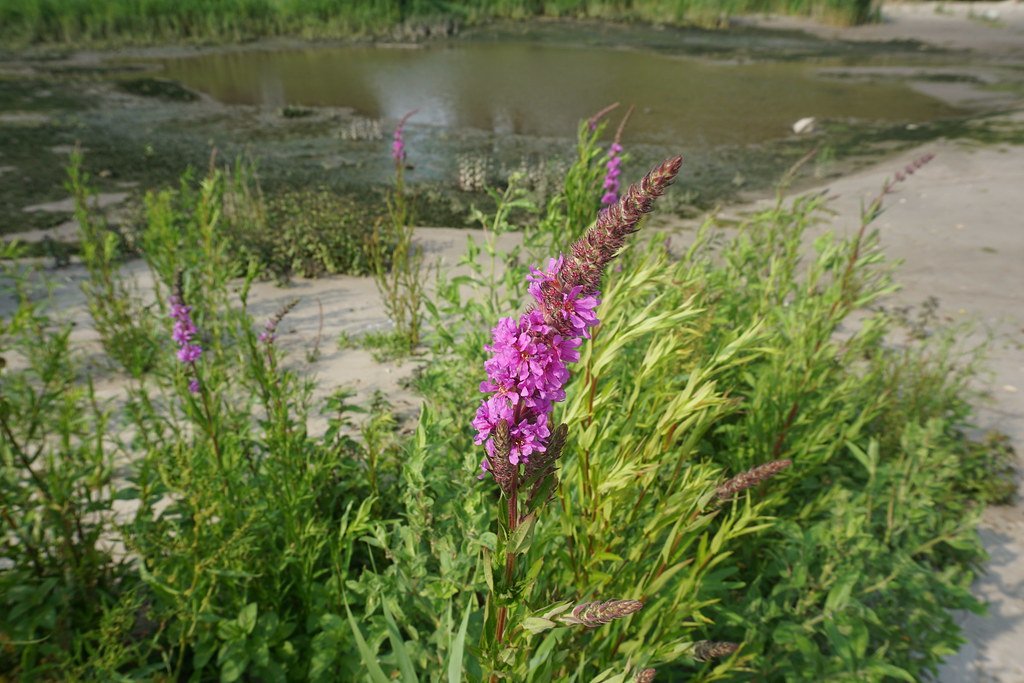
Plant invasions might seem less dramatic than animal invasions, but they can be equally transformative. Invasive plants often have advantages that allow them to outcompete native vegetation, including different growing seasons, novel chemical defenses, or superior resource acquisition strategies.
Purple loosestrife in North American wetlands exemplifies how plant invaders can transform landscapes. This attractive flowering plant forms dense stands that crowd out native wetland vegetation, altering habitat structure and reducing biodiversity. What makes plant invasions particularly challenging is that they often appear beautiful and harmless, making it difficult to generate public support for control efforts.
Predator Invasions: When Apex Hunters Go Global
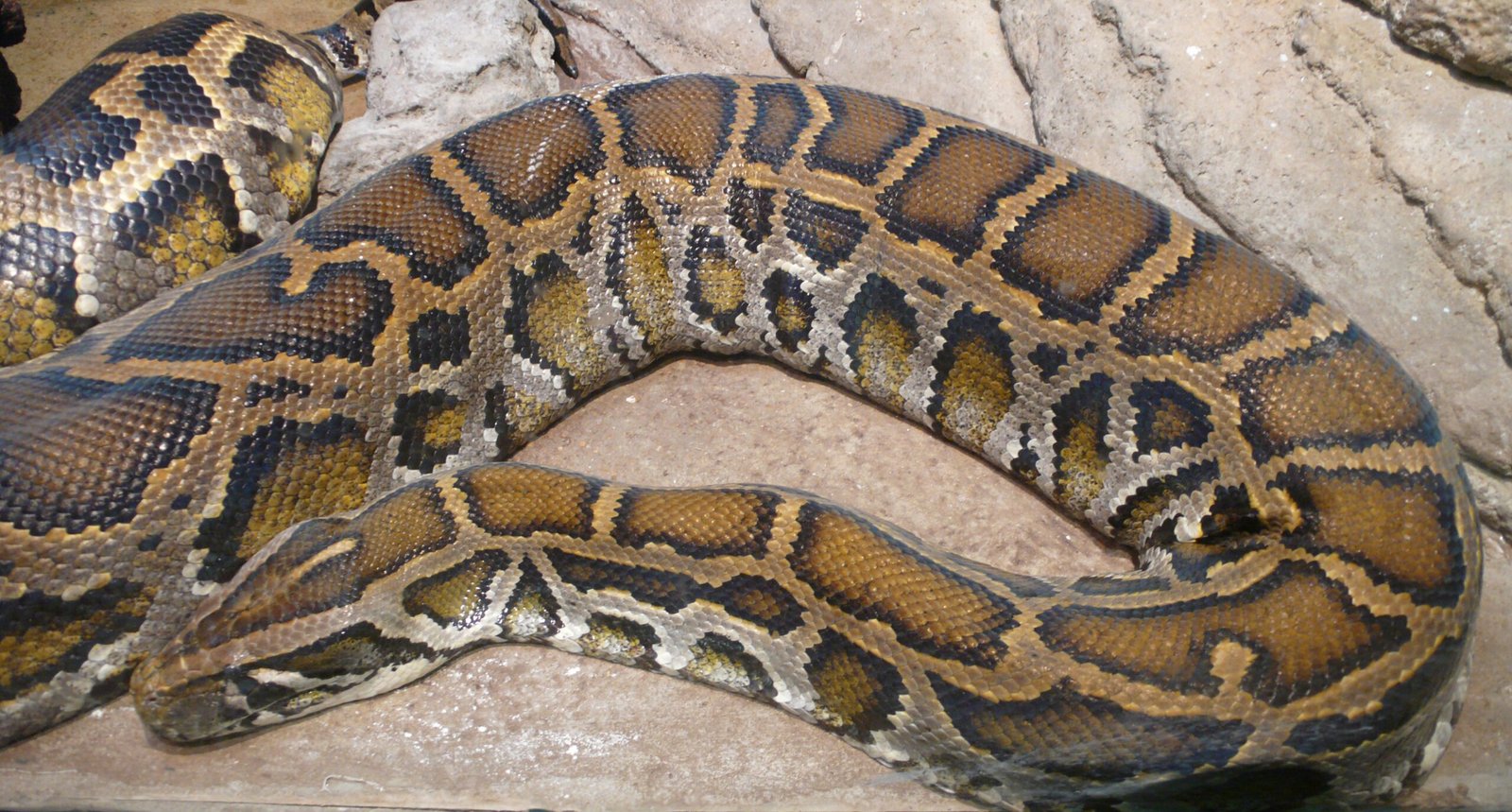
When invasive predators establish themselves in new ecosystems, they can cause rapid and dramatic changes in prey populations. Native prey species often lack evolutionary experience with these new predators, making them particularly vulnerable to predation. This vulnerability can lead to population crashes and even local extinctions.
The invasion of Burmese pythons in the Florida Everglades demonstrates the devastating impact of invasive predators. These massive snakes, originally released from the pet trade, have decimated native mammal populations throughout the region. Their impact has been so severe that some native species have declined by over 90% in areas where pythons are established.
Microbial Invaders: The Invisible Threat

Not all invasive species are visible to the naked eye. Microorganisms, including bacteria, fungi, and viruses, can also become invasive and cause significant ecological damage. These microscopic invaders often travel with their hosts, remaining undetected until they cause noticeable effects on native species or ecosystems.
The chytrid fungus that has devastated amphibian populations worldwide represents one of the most significant microbial invasions in recent history. This pathogen has contributed to the decline or extinction of hundreds of frog and salamander species, demonstrating how invisible invaders can have visible and devastating consequences for biodiversity.
Climate Change: The Invasion Accelerator
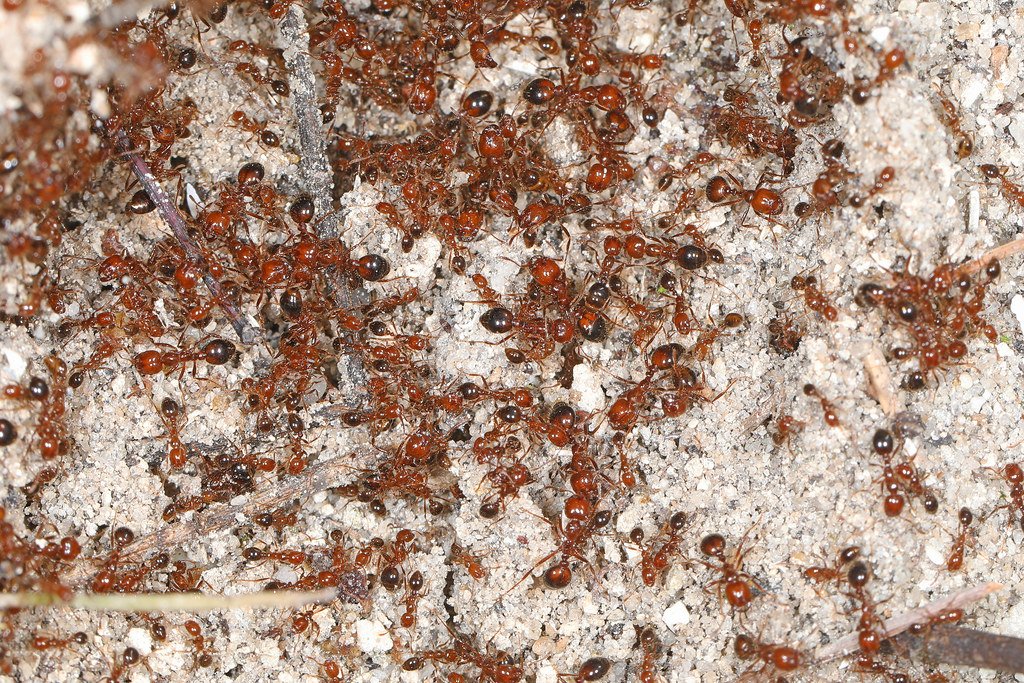
Climate change is creating new opportunities for invasive species while making ecosystems more vulnerable to invasion. Changing temperatures and precipitation patterns can stress native species while providing favorable conditions for invaders. This creates a perfect storm where ecosystems are simultaneously more vulnerable and more exposed to potential invaders.
Warmer temperatures are allowing tropical species to establish themselves in previously unsuitable temperate regions. The expansion of fire ants northward in the United States, for example, has been facilitated by milder winters that allow these insects to survive in areas where they previously couldn’t establish permanent populations.
Economic Warfare: The Hidden Costs of Biological Invasions

The economic impact of invasive species extends far beyond environmental damage, affecting agriculture, fisheries, tourism, and human health. These biological invaders impose enormous costs on society, with estimates suggesting that invasive species cause hundreds of billions of dollars in damage annually worldwide.
Agricultural invasions can devastate crop yields and require expensive control measures. The emerald ash borer, for example, has killed millions of ash trees across North America, requiring costly removal and replacement programs. Meanwhile, invasive aquatic species can clog water intake systems and damage infrastructure, creating ongoing maintenance costs for municipalities and industries.
Fighting Back: Nature’s Resistance Movements
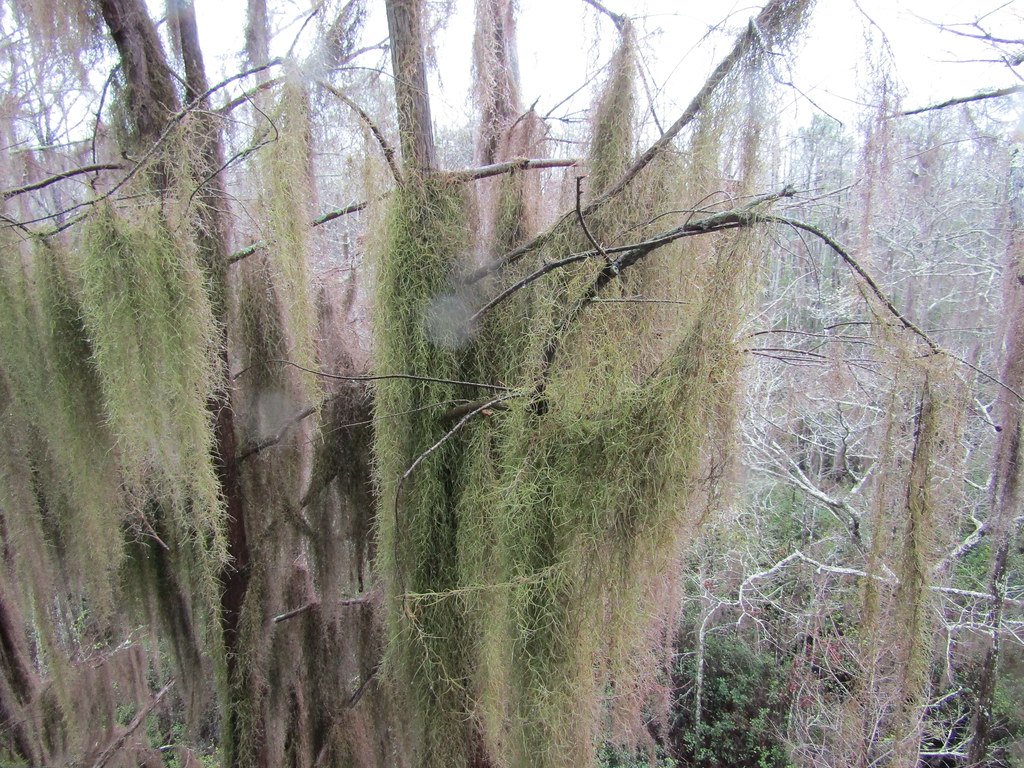
Despite the success of many invasive species, ecosystems and individual species sometimes fight back. Native species can evolve resistance to invasive species, and some ecosystems demonstrate remarkable resilience in the face of biological invasion. These natural resistance movements offer hope and insights for managing invasive species.
Some native species have learned to exploit invasive species as new resources. Native birds, for example, have learned to eat invasive insects, while some native plants have adapted to grow in conditions created by invasive species. These adaptations demonstrate the dynamic nature of ecosystems and their capacity for change and recovery.
Human Countermeasures: The War on Invasive Species

Humans have developed various strategies to combat invasive species, ranging from prevention and early detection to biological control and habitat restoration. These efforts require significant resources and coordination, but they can be effective when implemented properly. The key is often catching invasions early, before they become established and widespread.
Biological control – using natural enemies to control invasive species – has shown promise in some cases. The introduction of cane toad predators in Australia and the use of specific insects to control invasive weeds demonstrate how carefully managed biological control can help restore ecological balance. However, these approaches require extensive testing to ensure they don’t create new problems.
The Future of Invasion: Emerging Threats and Opportunities
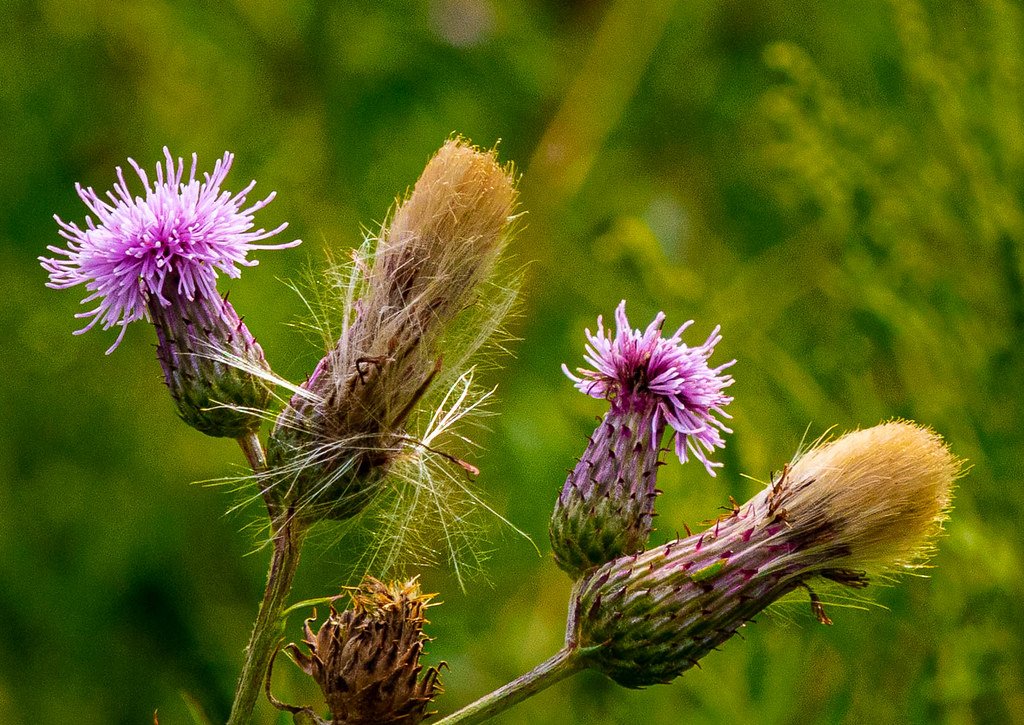
As global trade and travel continue to expand, the rate of biological invasions is likely to increase. New transportation routes, changing climate patterns, and emerging technologies will create new opportunities for species to spread beyond their native ranges. Understanding these future challenges is crucial for developing effective prevention and management strategies.
However, the future also holds opportunities for innovation in invasive species management. Advances in genetics, remote sensing, and artificial intelligence are providing new tools for detecting, monitoring, and controlling invasive species. These technologies may help us stay ahead of biological invasions and protect vulnerable ecosystems more effectively.
Conclusion: Living with the Consequences of a Connected World

The story of invasive species is ultimately a story about the consequences of our interconnected world. Every container ship that crosses an ocean, every plane that spans continents, and every person who travels with muddy boots creates opportunities for species to break free from their evolutionary constraints. These biological exchanges have reshaped ecosystems around the globe, creating new ecological realities that challenge our understanding of nature itself.
The invasion process reveals both the fragility and resilience of ecosystems. While some communities crumble under the pressure of invasive species, others adapt and evolve, finding new ways to thrive in changed conditions. The key to living with invasive species lies not in stopping all biological exchange – an impossible task in our connected world – but in understanding these processes well enough to predict, prevent, and manage their most destructive effects.
As we continue to reshape the planet through our activities, we must recognize that we are not just observers of biological invasions – we are active participants in the greatest ecological experiment in Earth’s history. The question isn’t whether species will continue to hitch rides to new homes, but whether we can learn to manage these movements in ways that preserve the diversity and stability of the ecosystems we depend on.
What role do you think we should play in shaping the future of biological invasions?

